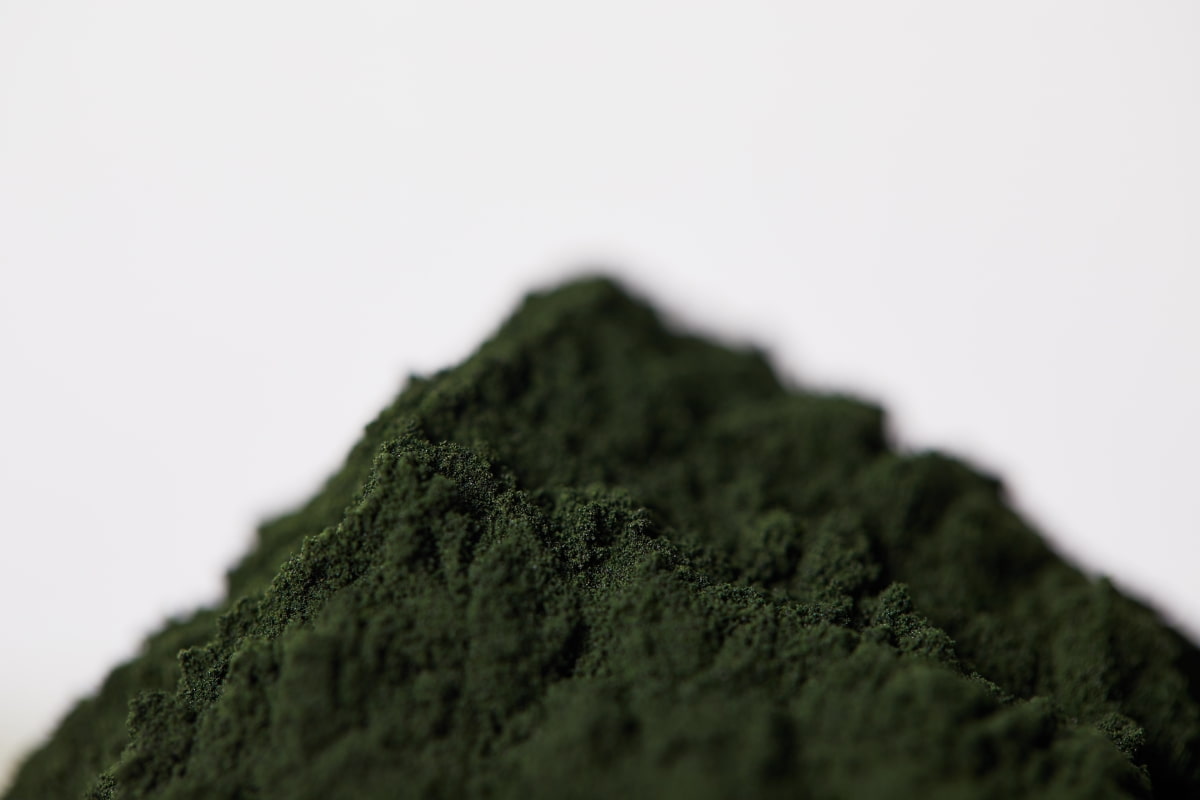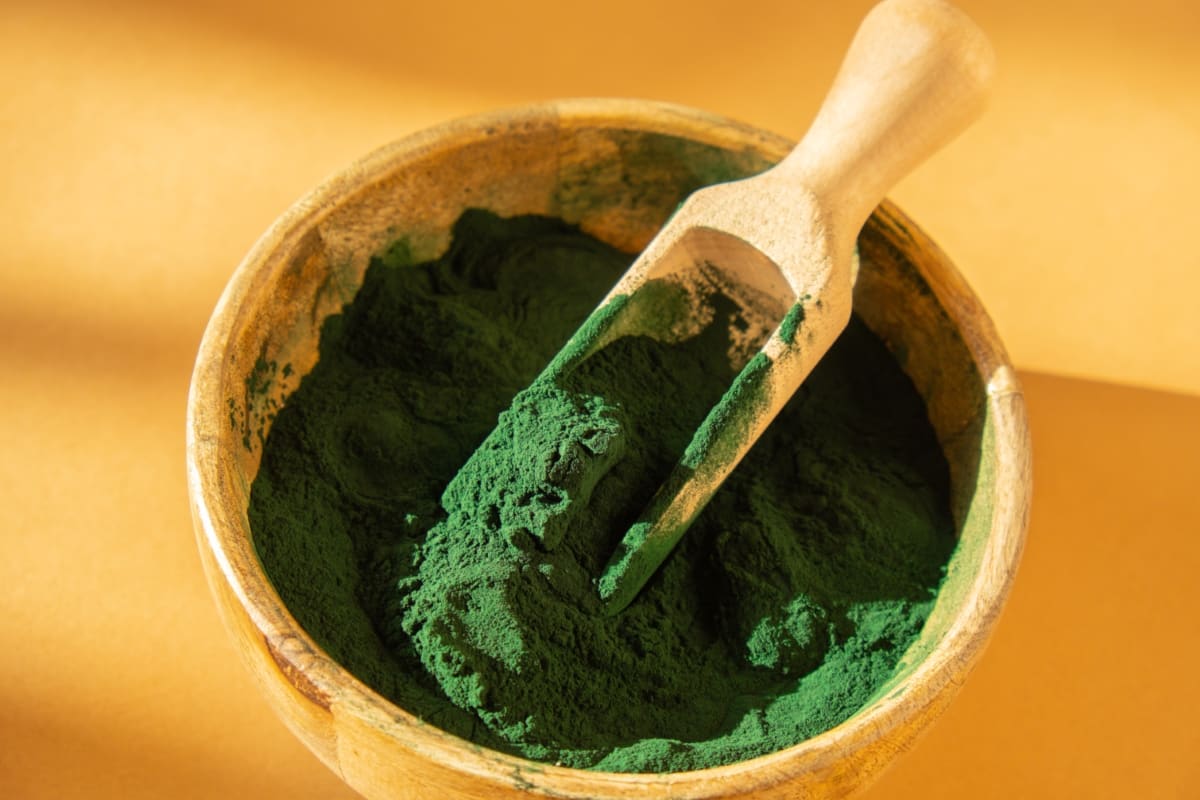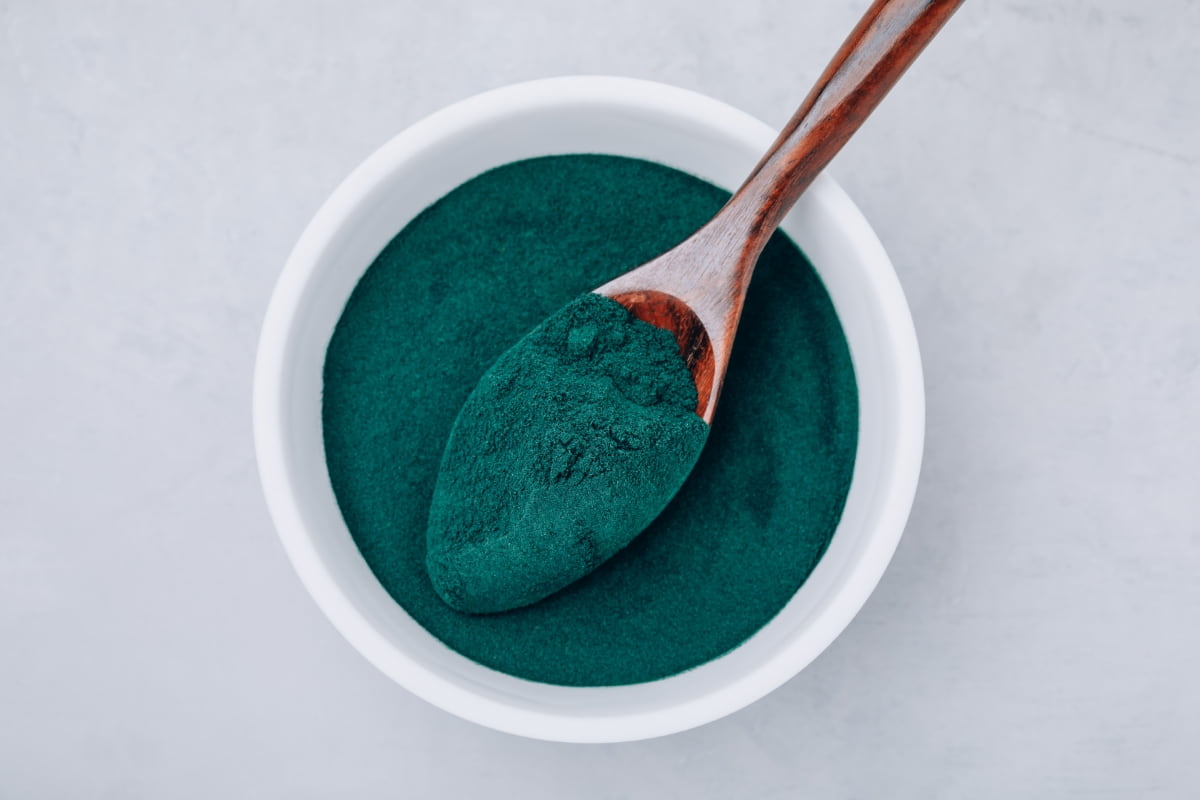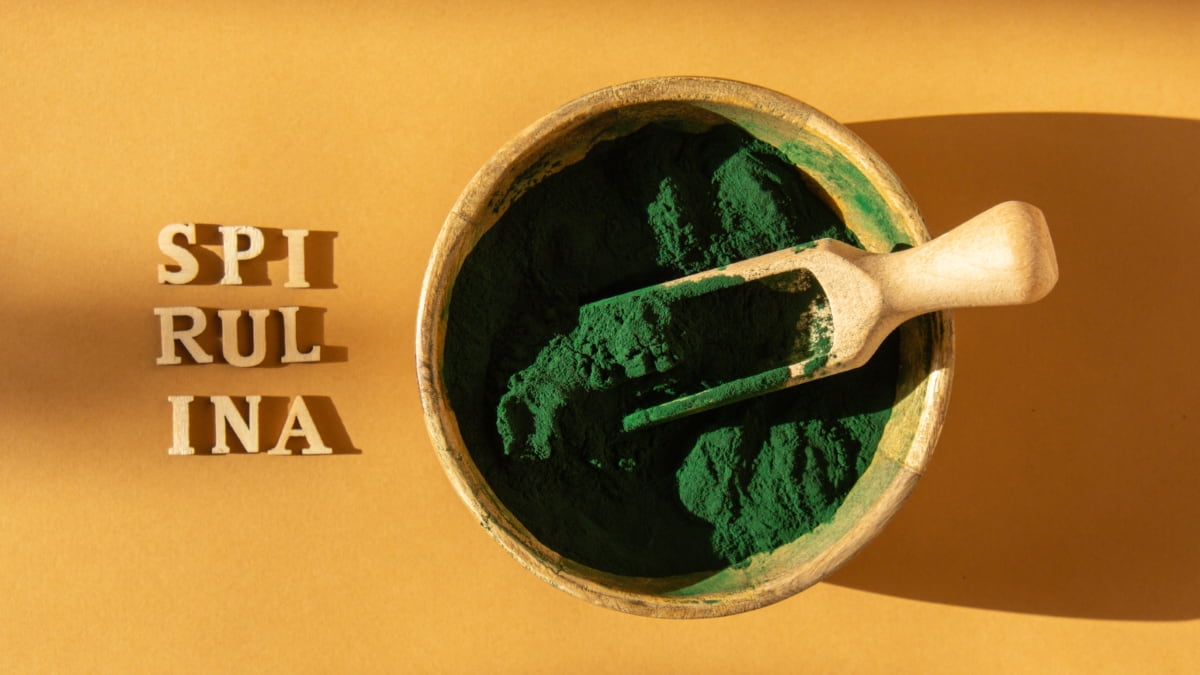Spirulina, a nutrient-rich algae, thrives under specific conditions. This blog delves into its cultivation, focusing on critical factors like temperature and water quality. We’ll explore how these elements influence Spirulina’s growth, ensuring a successful harvest. This guide is essential for anyone interested in cultivating this superfood.

Spirulina Cultivation Requirements
Introduction to Spirulina Cultivation
Spirulina is a blue-green micro-algae that grows naturally in warm, alkaline lakes and has many health benefits as a superfood. It is rich in protein, antioxidants, vitamins, minerals and can be used as a dietary supplement or a food ingredient. Spirulina can be cultivated in artificial ponds or containers using water, sunlight, and nutrients. Spirulina cultivation, including the environmental factors, nutritional requirements, harvesting and processing techniques, and the challenges and solutions in this field.
Environmental Factors Affecting Spirulina Growth
Spirulina grows best in a temperature range of 25-37°C, with an optimum of 30-35°C. It can tolerate temperatures range as low as 20°C or as high as 40°C, but the growth rate and protein content will decrease. Spirulina also needs plenty of sunlight, as it uses photosynthesis to produce energy and biomass.
The light intensity should be around 2000-3000 lux, and the photoperiod should be 10-14 hours per day. Spirulina can grow in fresh or salt water, but it prefers alkaline conditions with a pH of 8-11. The water quality should be free of contaminants, such as heavy metals, pesticides, or pathogens, that could harm the Spirulina or the consumers.
Temperature Requirements for Spirulina Cultivation
To maintain the optimal temperature for spirulina cultivation, several methods can be used, depending on the climate and the scale of production. For small-scale cultivation in containers, a simple greenhouse can provide insulation and protection from rain, dust, and insects. For large-scale cultivation in ponds, a heating system can be installed to regulate the water temperature during cold seasons or nights. Alternatively, a cooling system can be used to lower the water temperature during hot seasons or days.
Light Requirements for Spirulina Growth
To provide sufficient light for spirulina growth, natural or artificial sources can be used, depending on the availability and cost. Natural sunlight is the most economical and eco-friendly option, but it may vary depending on the weather and the season. Artificial light can be more consistent and controllable, but it may require more energy and equipment. For small-scale cultivation in containers, a sunny window or a fluorescent lamp can provide enough light. For large-scale cultivation in ponds, a transparent cover or a solar panel can enhance the light exposure.
In case you missed it: Spirulina Farming Systems: How to Grow Spirulina in Different Systems

Nutritional Requirements for Successful Spirulina Cultivation
Spirulina needs various nutrients to grow and thrive, such as carbon, nitrogen, phosphorus, potassium, magnesium, calcium, iron, and trace elements. These nutrients can be supplied by adding fertilizers or nutrient solutions to the water. The most common sources of carbon are sodium bicarbonate or carbon dioxide gas. The most common sources of nitrogen are urea and sodium nitrate.
The most common sources of phosphorus are sodium phosphate or potassium phosphate. The most common sources of potassium is potassium sulfate or potassium chloride. The most common sources of magnesium are magnesium sulfate and magnesium chloride. The most common sources of calcium are calcium carbonate or calcium chloride. The most common sources of iron are ferrous sulfate or chelated iron. The most common sources of trace elements are micronutrient mixtures or seaweed extracts.
The amount and frequency of nutrient addition depend on the growth rate and biomass of Spirulina. A general rule is to add enough nutrients to maintain a concentration of 0.5-1 g/L of total dissolved solids (TDS) in the water. The TDS can be measured with an electronic meter or estimated by weighing the dry residue after evaporation. The nutrient solution should be well mixed with the water before adding to the spirulina culture.
pH and Alkalinity Levels for Spirulina Cultivation
The pH and alkalinity levels are important indicators of the chemical balance and stability of the spirulina culture. The pH measures is acidity or alkalinity of the water on a scale from 0 to 14, with seven being neutral. The alkalinity measures the buffering capacity to resist changes in pH due to acid or base addition. Spirulina prefers a high pH and alkalinity level, around 8-11 and 15-20 meq/L respectively.
Several factors, such as temperature, light, carbon dioxide concentration, nutrient concentration, and biological activity, can influence the pH and alkalinity levels. The pH tends to decrease during the night due to respiration and increase during the day due to photosynthesis. The alkalinity tends to decrease due to consumption by Spirulina and increase due to evaporation or precipitation.
The pH and alkalinity levels should be monitored regularly with a pH meter or indicator strips and adjusted accordingly. To increase the pH and alkalinity, sodium bicarbonate or sodium hydroxide can be added. Sulfuric acid, hydrochloric acid can be added to decrease the pH and alkalinity. The pH and alkalinity should be maintained within a range of 0.5 units and five meq/L, respectively.
Carbon Dioxide Concentration and Spirulina Cultivation
Carbon dioxide is an essential nutrient for Spirulina, as it is the main source of carbon for photosynthesis. The carbon dioxide concentration of water can affect the growth rate and biomass of Spirulina. A low carbon dioxide concentration can limit the growth of Spirulina, while a high carbon dioxide concentration can enhance its growth. However, a carbon dioxide concentration that is too high can also lower the pH and alkalinity of the water and cause toxicity to Spirulina.
Several factors, such as temperature, light, pH, alkalinity, nutrient concentration, and biological activity, can influence the carbon dioxide concentration in the water. The carbon dioxide tends to increase during the night due to respiration and decrease during the day due to photosynthesis. The carbon dioxide tends to decrease due to consumption by Spirulina and increase due to diffusion from the air or the addition of carbon sources.
In case you missed it: Cost of Spirulina Cultivation in India: Exploring Equipment Costs to Quality Control

The carbon dioxide concentration should be monitored regularly with a carbon dioxide meter or indicator strips and adjusted accordingly. To increase the carbon dioxide concentration, sodium bicarbonate or carbon dioxide gas can be added. Aeration or agitation can be applied to decrease the carbon dioxide concentration.
Water Quality and Spirulina Cultivation
Water quality is a crucial factor for spirulina cultivation, as it can affect the health and safety of Spirulina and its consumers. The water quality should be free of contaminants, such as heavy metals, pesticides, pathogens, toxins, or pollutants, that could harm the Spirulina or the consumers. The water quality should also meet the standards for drinking water or food production.
Several factors, such as source, treatment, storage, transport, and handling, can influence the water quality. The water source, such as filtered tap water, rainwater, or spring water, should be clean and reliable. The water treatment should remove any impurities or microorganisms, such as filtration, chlorination, or sterilization. The water storage should prevent any contamination or degradation, such as closed tanks or containers.
The water transport should avoid any leakage or spillage, such as pipes or hoses. Water handling should follow good hygiene practices, such as using gloves or utensils. The water quality should be tested regularly with a water quality kit or laboratory analysis and adjusted accordingly. Purification or disinfection methods can be applied to improve the water quality.
Harvesting and Processing Techniques for Spirulina
Harvesting is the process of collecting the spirulina biomass from the water. Processing is the process of transforming the spirulina biomass into a final product. Harvesting techniques include filtration, centrifugation, or flocculation. Filtration is the most common technique, which involves passing the spirulina culture through a fine mesh or cloth to separate the solid from the liquid.
Centrifugation is a more efficient technique, which involves spinning the spirulina culture at high speed to separate the solid from the liquid by centrifugal force. Flocculation is a more economical technique, which involves adding a chemical agent to the spirulina culture to make the solid particles clump together and settle at the bottom. Processing techniques include drying, freezing, or extruding.
Drying is the most common technique, which involves removing the moisture from the spirulina biomass by heat or air to produce a powder or flakes. Freezing is a more effective technique, which involves preserving the moisture and nutrients of the spirulina biomass at a cold temperature to produce a frozen paste or pellets. Extruding is a more innovative technique that involves shaping the spirulina biomass by pressure and heat to produce a noodle or spaghetti.
Challenges and Solutions in Spirulina Cultivation
- Contamination: Spirulina culture can be contaminated by other microorganisms, such as bacteria, fungi, or algae, that compete for nutrients and space and reduce the quality and quantity of Spirulina.
- Solution: Contamination can be prevented by using sterile equipment and materials, maintaining optimal environmental conditions, adding antibiotics or biocides, and monitoring regularly.
- Cost: Spirulina cultivation requires significant investment and operational costs for infrastructure, equipment, materials and labor.
- Solution: Cost can be reduced by using local resources, recycling materials, optimizing processes, and scaling up production.
- Market: Spirulina market faces limited demand and awareness among consumers due to need for knowledge, acceptance, and regulation.
- Solution: The market can be expanded by educating consumers about the benefits of Spirulina, developing new products and applications, and complying with quality standards.
In case you missed it: Spirulina Production Process: Exploring From Cultivation to Harvesting and Drying

Conclusion
Successful Spirulina cultivation hinges on precise control of environmental factors. Optimal temperature and water quality are crucial for its growth. Understanding and maintaining these conditions ensures a thriving Spirulina crop, offering a sustainable source of this highly beneficial algae.
- Feed Your Flock for Less: Top 10 Tips to Save on Chicken Feed
- Ultimate Guide to Ossabaw Island Hog: Breeding, Raising, Diet, and Care
- Hatching Answers: The Top 10 Reasons Your Chickens Aren’t Laying Eggs
- Eggs and Economics: Breaking Down the Cost of Raising Backyard Chickens
- Defend Your Greens: Proven Methods to Keep Iguanas Out of Your Garden
- Ultimate Guide to Cinnamon Queen Chicken: A Comprehensive Guide for Beginners
- Ultimate Guide to California Tan Chicken: Breeding, Raising, Diet, Egg-Production and Care
- Ultimate Guide to Marsh Daisy Chicken: Breeding, Raising, Diet, and Care
- 10 Types of Chicken Farming Businesses You Can Start for Profits